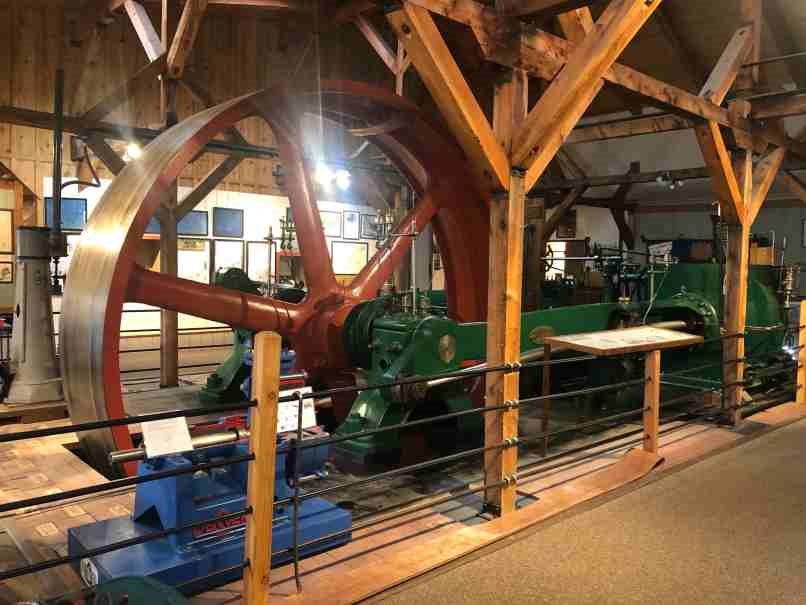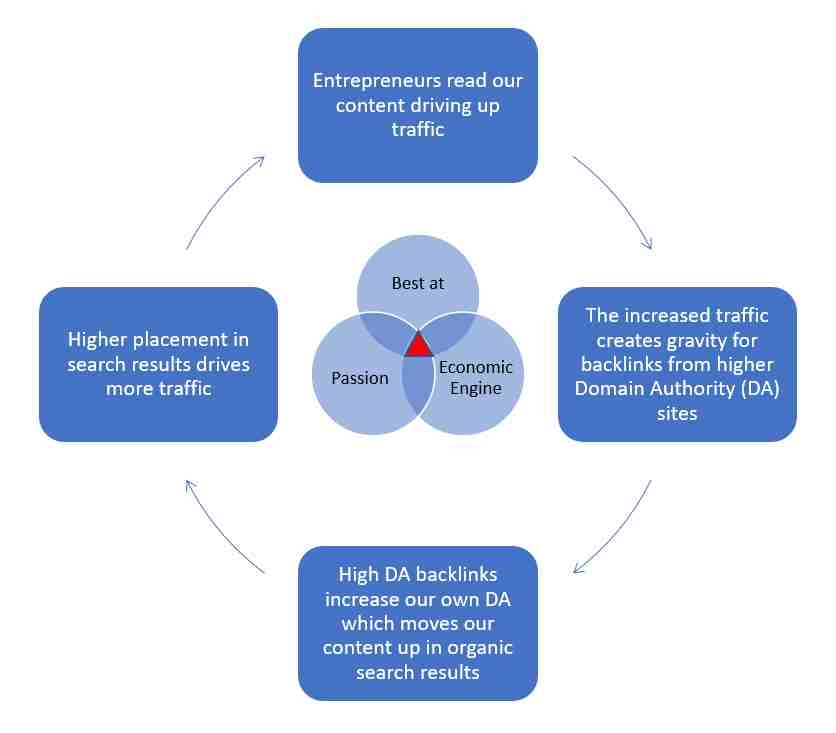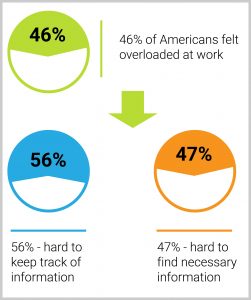
Most marketing and sales books talk about the sales funnel; however, the funnel model has one serious flaw. While the sales funnel is based on driving the customer through the funnel to make a purchase, it ignores the power of the customer to build momentum for the business. The flywheel concept, on the other hand, harnesses the customer’s energy to keep the business flywheel turning. By harnessing the power of positive word of mouth and reinforcing actions, the flywheel concept helps a business build momentum.
Many entrepreneurs fall into the trap of searching for the silver bullet that will make their business a success. Unfortunately, as a result of this approach, most businesses find themselves jumping from one silver bullet to the next, without really building any meaningful momentum in a single direction.
The flywheel concept also referred to as the flywheel effect is a business concept introduced by Jim Collins’s book “Good to Great” and explained in even more detail in his book “Turning the Flywheel”. The metaphor of a flywheel was used to introduce the fact that companies don’t become huge and successful as a result of a single intervention or initiative. Rather, they become exceptional from the accumulation of little wins that stack up over years of hard work, mostly unnoticed by the outside world, until they breakthrough.
In these books, Jim asks you to imagine a massive flywheel mounted on an axle. It is 30 feet in diameter, 2 feet thick, and weighs over 5,000 pounds. That flywheel is your company. Your job is to get that flywheel to move as fast as possible because momentum — mass times velocity — is what will generate economic results over time.
Jim goes on to say:
“Right now, the flywheel is at a standstill. To get it moving, you make a tremendous effort. You push with all your might, and finally, you get the flywheel to inch forward. You keep pushing, and with persistent effort, you get the flywheel to complete one entire turn. You don’t stop. You keep pushing. The flywheel moves a bit faster. Two turns … then four … then eight … the flywheel builds momentum … sixteen … thirty-two … moving faster … a thousand … ten thousand … a hundred thousand. At some point, you can’t say exactly when — you breakthrough. The momentum of the heavy wheel kicks in your favor. It spins faster and faster, with its own weight propelling it. You aren’t pushing any harder, but the flywheel accelerates, its momentum building, its speed increasing.”
Turning the Flywheel
In fact, the flywheel’s inertia, which is the kinetic energy that is stored by the flywheel, can maintain the momentum needed to keep the business moving forward during periods of moderate business fluctuations, or as the business changes gears.
When it comes to success in business, there is no one idea or insight that creates momentum. Instead, it’s a result of consistently pushing in one direction over an extended period of time. And it’s this momentum that can ultimately cause a business to appear like an overnight success, where people outside of the business suddenly see fantastic results but don’t understand the momentum that has been building up for years, where small wins lead to medium wins, medium wins lead to larger wins, and then suddenly this success appears out of seemingly nowhere.
Small business owners can put a great deal of effort into their business without much noticeable effect until one day, their business flywheel reaches sufficient momentum, and it starts to pull away from the competition. This is called the breakthrough moment. As the flywheel turns faster and faster, it will provide increasing returns for the business.
To introduce the flywheel concept in practice, let’s examine the master of all flywheels – the Amazon flywheel.
- It starts with lower prices on more offerings.
- Lower prices lead to an increase in customer visits.
- More customers help attract third-party sellers.
- More third-party sellers expand the store and extend distribution.
- More third-party sellers help grow revenue relative to fixed costs.
- This greater efficiency enables Amazon to lower prices even further.
The Amazon flywheel goes around and around. But you do not have to stop with just one flywheel. You can create synergistic flywheels that are self-supporting as Simon Torrance shows in his video course “New Growth Playbook”, explaining how Amazon’s retail flywheel spun off and reinforced the Amazon Web Services (AWS) division.
When it comes to your flywheel, where does it start? What follows next? You should be able to explain why each component follows the prior component. As you define your flywheel, avoid being too granular. Your flywheel should have six or fewer components. If you have more, it is too complicated, and you should try to simplify it.
When you have a draft of your flywheel concept, test it against your hedgehog concept (ADD LINK HERE). Does it fit or do you need to tweak your flywheel design?
Your goal is to design a flywheel where improved performance in any of the components leads to greater results in all the remaining components. This way, you’re able to build a momentum machine that feeds on itself to create better and better results over time.
All flywheels need an energy source (Motor) and the ability to reduce friction (Lubrication) to keep the flywheel accelerating.
Allow me to share the flywheel concept I use for SteveBizBlog.
The motor that introduces the energy that turns my flywheel consists of the following activities:
- Create one long-form blog content post per week (Wednesdays).
- Teach courses for organizations like SCORE, SBDC, local community colleges like PPCC, and on military bases to build the brand.
- Mentor a half dozen or more small business clients each week.
- Reply to business-related questions on forums and groups.
- Syndicate influencers’ content to build awareness (Mondays).
- Feature guest authors’ content with full attribution to build reciprocity (Some Fridays).
The lubrication that I apply to my flywheel consists of the following activities:
- Apply SEO concepts to posts to make it easier for search engines to find our content.
- Use automated syndication tools to propagate content to various channels.
- Outsource fungible tasks to lower-cost offshore resources.
The SteveBizBlog Flywheel consists of four components:
- Entrepreneurs read our content, driving up traffic.
- The increased traffic creates gravity for backlinks from higher Domain Authority (DA) sites.
- High DA backlinks increase our own Domain Authority, which moves our content up in organic search results.
- Higher placement in search results drives more traffic.

How can you apply the Flywheel concept to your business?
Business & Finance Articles on Business 2 Community
(51)
Report Post





